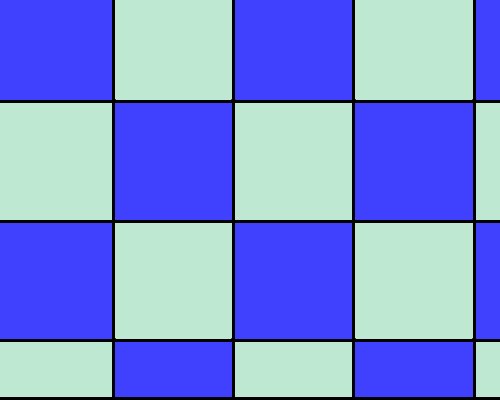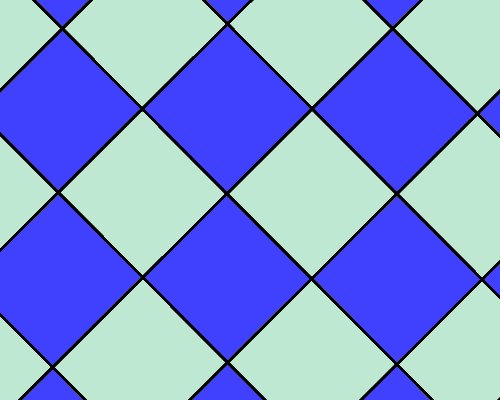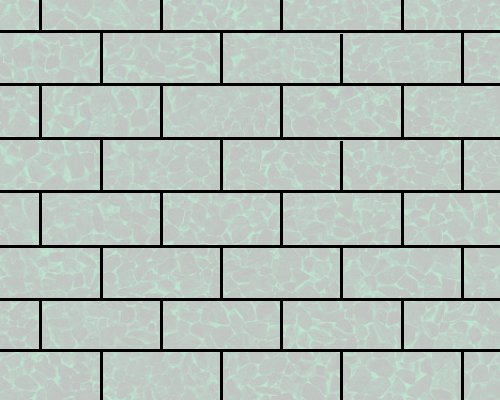Layouts and bonds
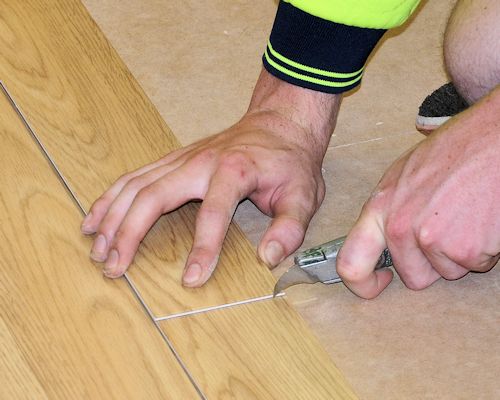 Audio for slide 1 (mp3 |6|KB)
Audio for slide 1 (mp3 |6|KB)
The term bond has two different meanings in resilient flooring.
There is the 'bond' that refers to an adhesive's ability to stick the floor covering to the substrate underneath.
But in tiles, there's also the 'bond' that occurs as the joints between tiles form a particular pattern or layout on the floor.
In this lesson, we'll talk about the joint layout type of bond. The main bonds are described below.

There is the 'bond' that refers to an adhesive's ability to stick the floor covering to the substrate underneath.
But in tiles, there's also the 'bond' that occurs as the joints between tiles form a particular pattern or layout on the floor.
In this lesson, we'll talk about the joint layout type of bond. The main bonds are described below.

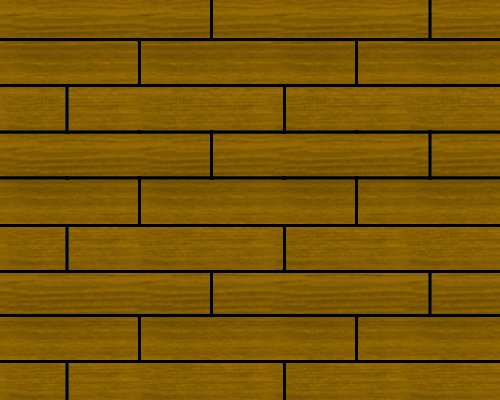 Audio for slide 5 (mp3 |6|KB)
Audio for slide 5 (mp3 |6|KB)
Staggered
Planks are often laid in a staggered pattern, especially when they have a timber appearance.
Sometimes the offset is one third of a plank for each row.
Alternatively, it can be randomised - however, the end joints should always be at least 150 mm away from the ends of the planks above and below.


Learning activity
Audio 6 (mp3 |6|KB)Follow the link below to see a video clip from Polyflor.
Quality luxury vinyl tiles from Polyflor
Watch the clip and answer the following questions:
- How many different types of bonds can you see?
- Which ones do you recognise - what are they called?
- Are there any bonds shown in the clip that aren't illustrated in this lesson? Do you know what they're called? If you don't, see if you can draw the pattern. Discuss your answer with other learners in you group.

 Go to Preparing the tiles
Go to Preparing the tiles